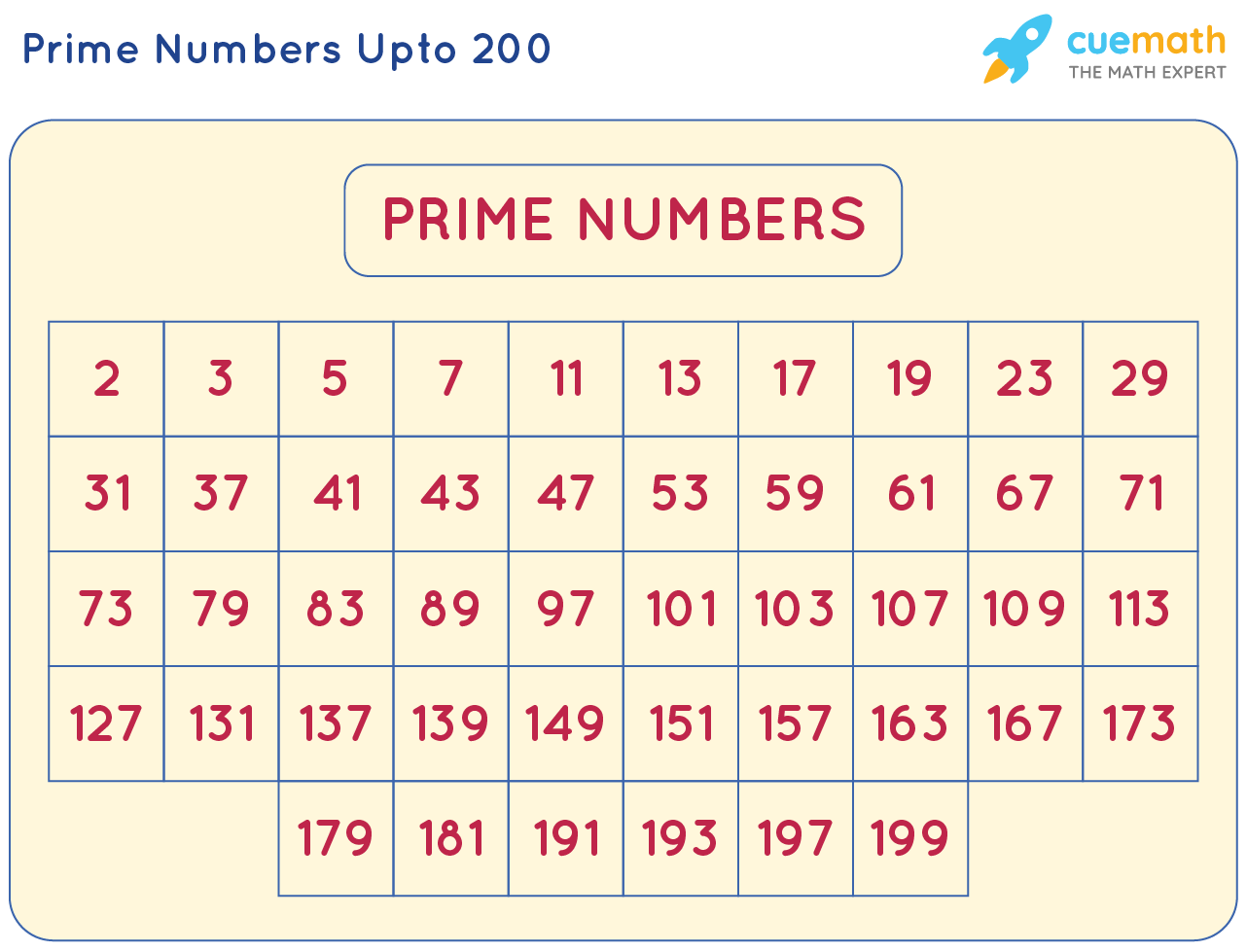How To Find Prime Numbers
A Prime Number is a whole number above 1 that cannot be made by multiplying other whole numbers if we can make it by multiplying other whole numbers it is a Composite Number Here we see it in action 2 is Prime 3 is Prime 4 is Prime numbers are numbers that have only 2 factors: 1 and themselves. For example, the first 5 prime numbers are 2, 3, 5, 7, and 11. By contrast, numbers with more than 2 factors are call composite numbers. Created by Sal Khan.

Step 1 Find the factors of the given number and list them Step 2 Check the total number of factors of that number Step 3 If the number has just two factors one and the number itself then the given number is a prime number However if it has more than two factors then it is a composite number The steps involved in finding prime numbers using the factorization method are: Step 1: First let us find the factors of the given number ( factors are the number which completely divides the given. Step 2: Then check the total number of factors of that number Step 3: Hence, If the total number of .

How To Find Prime Numbers
A Mersenne prime is a prime that can be expressed as 2 p 1 where p is a prime number The first five Mersenne primes are listed below begin array c rr p 2 p 1 M p hline 2 2 2 1 3 3 2 3 1 7 5 2 5 1 31 7 2 7 1 127 13 2 13 1 8191 end array Prime numbers chart. Prime numbers chart and calculator toppers bulletinHow to find prime numbers simple and easy methods.

Proviz rne M kk M siar Calculate Next Primary Number Klasifik cia Postupne Jazyk

Prime Numbers 1 Through 100
Another way to find if a number is prime is by using a factorization tree where students determine the common factors of multiple numbers For instance if a student is factoring the number 30 she could begin with 10 x 3 or 15 x 2 In each case she continues to factor 10 2 x 5 and 15 3 x 5 To find whether a number is prime, try dividing it with the prime numbers 2, 3, 5, 7 and 11. If the number is exactly divisible by any of these numbers, it is not a prime number, otherwise, it is a prime. Alternatively, we can find the prime numbers by writing their factors since a prime number has exactly two factors, 1 and the number itself.
A natural number 1 2 3 4 5 6 etc is called a prime number or a prime if it is greater than 1 and cannot be written as the product of two smaller natural numbers The numbers greater than 1 that are not prime are called composite numbers Maths Factors, multiples and primes Year 5 Year 6 Jump to Video: What is a prime number? Activities Watch: What is a prime number? Prime numbers are special numbers, greater than 1,.